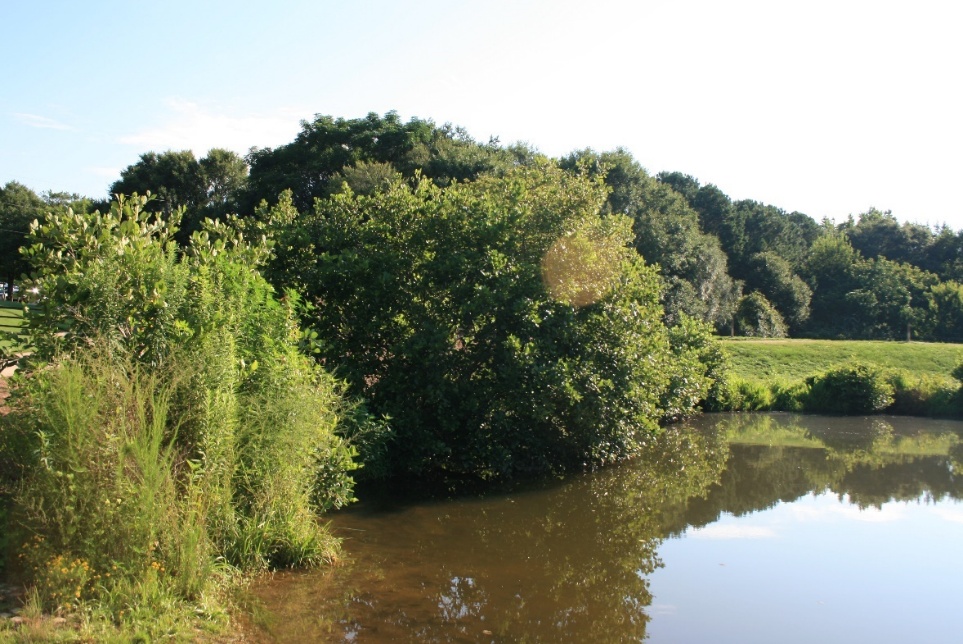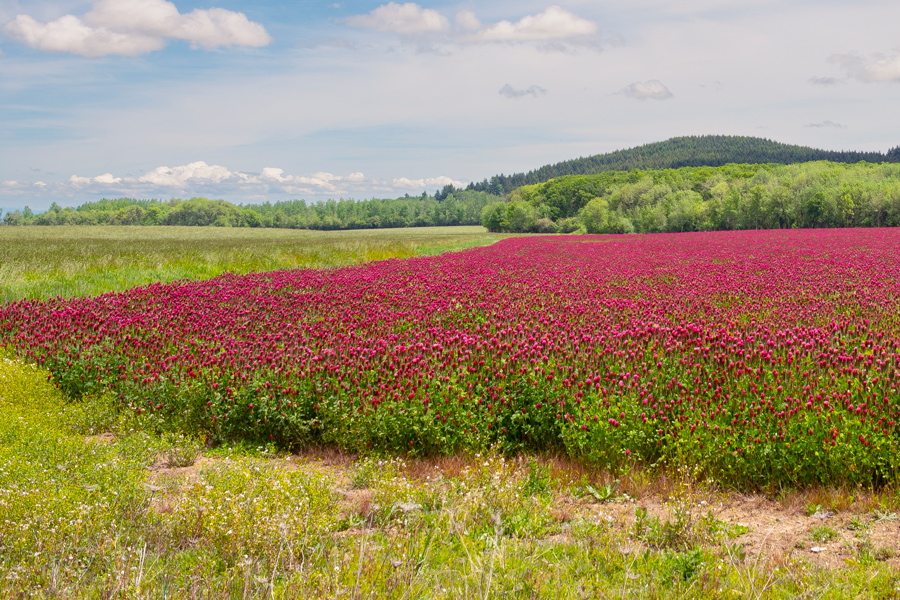Sustainability
-

This resource explains how flooding and stormwater pollution affect waterways and how vegetation along the water reduces the negative impacts while improving aesthetics and water quality for fish habitats, recreational boating, appealing views, and property value. It provides guidance on planning, implementation and maintenance of riparian buffer vegetation, and a list of recommended plants.
Martin Wunderly, Bodie V. Pennisi, Erin Getzelman, Nathan Eason, Steven R. Patrick, and Garrett Hibbs
|
-

There are many ways to define what it means to be sustainable. There is increased demand for agricultural production transparency to ensure that food and fiber products are being produced sustainably. To this end, Field to Market: Alliance for Sustainable Agriculture has developed the Fieldprint Calculator through the Fieldprint Platform to help farmers of major commodity crops measure their on-farm sustainability by entering in their yearly management practices. This Extension publication defines sustainability, describes the use of the Fieldprint Calculator, and explains how growers can use this program to measure sustainable progress made on their farms. This publication was produced in collaboration with the University of Tennessee and Field to Market.
J. Peyton Sapp, Wesley Porter, Seth McAllister, and Taylor Randell Singleton
|
-

Proper use of treated industrial wastes contributes to the circular economy and reduces wastes that would have been disposed of in landfills or by incineration. This publication clarifies Georgia’s legal definition of “soil amendments” and highlights current policies governing the application of processed wastes on farm lands in Georgia. Compliance with these regulations maintains a quality environment in Georgia and ensures the long-term sustainability of manufacturing and food processing industries.
Henry Y. Sintim
|
-

This publication provides a clear and balanced comparison of plant-based and animal-based proteins in our food. It looks at the nutritional value, environmental impact, and health effects of each type of protein. The goal is to help readers understand more about these protein sources without saying whether one is better than another—in other words, to inform and educate, giving everyone the knowledge to learn about different dietary options.
Hualu Zhou and Anthony Stevanus Suryamiharja
|
-

Poultry litter is widely used on pastures and hayfields in Georgia. There are many benefits when it is used wisely. Producers should use nutrient management planning and recommended rates to ensure poultry litter is used in ways that maximize its benefits without harming the environment.
Julia W. Gaskin and Glendon H. Harris
|
-

Currently, most construction waste is put in dumpsters and taken to a construction and demolition (C&D) landfill. However, several residential construction wastes can be recycled or reused as part of a “green” building practice. These include cardboard, metals, scrap wallboard, and wood waste. This publication provides you the information you need for on-site reuse of wood wastes at a residential construction site.
Brian T. Forschler, Julia W. Gaskin, and L. Mark Risse
|
-

As tipping fees have risen, interest has increased in finding alternative uses for construction wastes. Many homebuyers are also looking for environmentally sensitive building practices. This includes the recycling and reuse of construction debris rather than disposal. One of the largest waste components in residential construction is gypsum wallboard. In many cases, scrap wallboard can be ground and beneficially applied on the construction site, rather than transported to the landfill.
Julia W. Gaskin and Clint Waltz
|
-

C 1050-1
Reduce
Reducing your actual rate of consumption is the most efficient way to manage the worldwide waste problem. This publication provides strategies you can implement to reduce the amount of waste you and your family produce.
Pamela R. Turner and Stephen A Bailey
|
-

C 1050-2
Recycle
In today’s disposable economy, it often seems easier to throw away old products and buy new ones. Because everything we need can be produced so quickly and cheaply, we tend to ignore the repercussions of our waste stream. Within this publication are facts and strategies which will help you rethink the notion of recycling.
Sharon M Gibson, Pamela R. Turner, and Stephen A Bailey
|